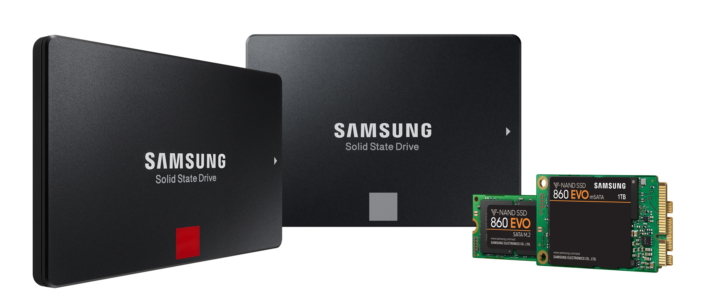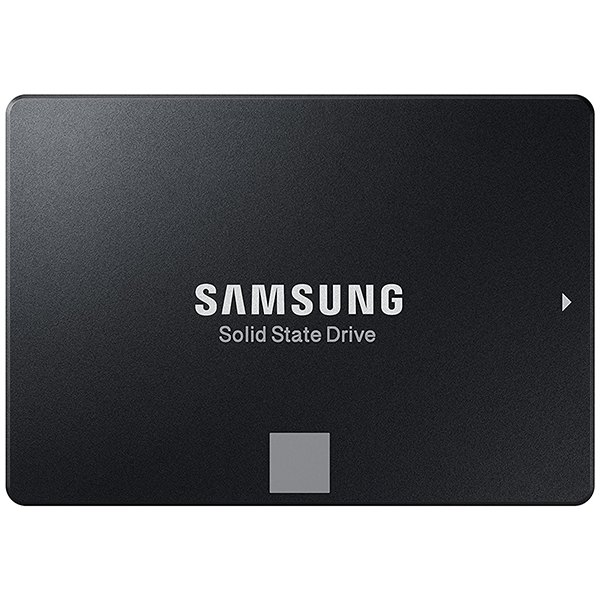Early Verdict
Samsung managed to increase the performance over the 850 EVO, but at a price that most will simply pass on. The SATA interface limits what the company can do with this series and competition is closing in from both directions.
Pros
- +
Strong Performance
- +
Exceptional Software Package With DRAM Cache and Cloning
- +
Class-Leading Endurance
- +
Name Recognition and Reliability
Cons
- -
Expensive
- -
Lower Than Expected Native TLC Performance
- -
The SATA Performance Ceiling
Why you can trust Tom's Hardware
Today we're looking at the new 860 EVO to see how Samsung improved on the world's best-selling SSD. We'll compare it to the new lineup of scrappy competitors that spurred the company to finally bring a new series to market and see how it ranks among our list of best ssds.
Samsung's EVO series is so popular in some countries that it outsells every other SSD by a two to one margin. Samsung wants to leverage that proven formula with the new EVO series so it can cling to its dominant and profitable leadership position. Samsung changes its pricing when competitors close in, and the company always releases a faster model when others get too close to matching its performance.
Many think Samsung's 800 Pro models are the best SATA SSDs money can buy. They work best with sustained workloads because 2-bit per cell (MLC) flash is more robust than TLC. But MLC is overkill for most consumer workloads, which tend to be short and bursty. Most people don't work in marathon sessions; we're more like dragsters that go a quarter mile at a time, and then we wander off. The EVO series is a good fit for consumer workloads because it often delivers higher burst speeds than the Pro series, but that high level of performance only lasts for a short time.
Historically, Samsung has played with the EVO's pricing to position its products slightly higher than the competition. The company's control of critical components through its internal supply chain gives it an advantage that goes beyond cost. The performance, warranty, and endurance specifications usually favor the EVO, but Samsung keeps the price close enough that most shoppers will spend a little more to get a superior product.
Samsung's V-NAND technology advantage has lessened now that nearly every fab is manufacturing quality 64-layer 3D NAND on a competitive node. Samsung has made advancements with fourth generation V-NAND, but the other companies have closed the gap. The hard limit of SATA interface is a factor, so it's more difficult to make the 860 EVO stand out from the competition based on performance alone. Samsung managed to pull out a few other impressive numbers with the new series, but the price is not one of them.
Specifications
The 860 EVO series comes to market in the same 256GB to 4TB capacities as the 860 Pro we recently tested. The EVO series uses 3-bit per cell (TLC) flash, but it reserves 2.3% of the NAND capacity for background activities and caching. That helps compensate for TLC's lower native write performance.
Update (11/20/2019): Nearly two years after its launch, the 860 EVO is still on sale and, if it's on sale, is a good alternative to the Crucial MX500, which remains on our list of best SSDs, because of its more competitive combination of price and performance. However, if you see a 1TB EVO for under $110 or a 2TB model for $200 or less, it's a really good choice.
Get Tom's Hardware's best news and in-depth reviews, straight to your inbox.
The 860 EVO also has three different form factors. The full range of capacities ship in 2.5" while the M.2 2280 (SATA) scales up to 2TB and the mSATA model tops out at 1TB. Samsung and Mushkin are the only two SSD manufacturers to announce new mSATA SSDs in recent years. Most companies have shifted focus to M.2 SSDs and largely ignore the legacy mSATA interface.
On paper, the 860 EVO is only slightly different than the 850 series and the new 860 Pro, but most of the specifications are measured with high queue depth workloads that are more meaningful for professional products. Consumer workloads occur almost exclusively at low-queue depths. They also tend to have extended idle time between bursts of activity.
Samsung lists identical performance specifications for every 860 EVO capacity point. Sequential performance weighs in at 550/520 MB/s of read/write throughput while random performance tops out at 98,000/90,000 read/write IOPS. You'll need to push the drives very hard with intense multitasking to reach those heights.
Samsung's advantage over the rest of the market is its ability to deliver the highest performance at low queue depths. This started before 3D flash but escalated when the company rolled out V-NAND. More troubling to other SSD manufacturers, Samsung's continued momentum with each V-NAND revision makes it hard for competitors to pinpoint a performance target. V-NAND is now in its fourth generation, and Samsung raised the bar again for performance and endurance while further reducing power consumption.
Features
Samsung outfitted the 860 series with a new MJX controller that supports low-power DDR4 memory, so it likely has a new integrated memory controller. We also suspect the company built the MJX controller on a smaller lithography that enables lower power consumption, cooler operation, and reduced manufacturing costs.
Samsung claims its fourth-generation 64-layer V-NAND is 30% more energy efficient than its 48-layer predecessor. Samsung accomplished the feat by reducing the input voltage from 3.3 volts to just 2.5 volts. It also reduced the program time to 500 microseconds, which is 1.5X faster than the previous generation.
We purchased our 860 EVO drives at Newegg, so they are the same as the models you can buy today. The 860 series supports hardware encryption with TCG Opal and Microsoft's eDrive.
The 860 Pro came to us with a note about improved Linux compatibility and NAS use, but the EVO was not specifically mentioned. Given the sensitivity of the data stored on a NAS, we would recommend letting the EVO mature before considering this a viable option for that use case.
Pricing, Warranty and Endurance
| 860 Pro 2.5"64-Layer 3D MLC | 256GB | $139.99 |
|---|---|---|
| 512GB | $249.99 | |
| 1TB | $479.99 | |
| 2TB | $949.99 | |
| 4TB | $1,899.99 | |
| 860 EVO 2.5"64-Layer 3D TLC | 250GB | $94.99 |
| 500GB | $169.99 | |
| 1TB | $329.99 | |
| 2TB | $649.99 | |
| 4TB | $1,399.99 | |
| 860 EVO M.2 (SATA)64-Layer 3D TLC | 250GB | $94.99 |
| 500GB | $169.99 | |
| 1TB | $329.99 | |
| 2TB | $649.99 | |
| 860 EVO mSATA64-Layer 3D TLC | 250GB | $94.99 |
| 500GB | $169.99 | |
| 1TB | $329.99 |
The 860 EVO comes in 12 SKUs that cover three form factors and up to five capacities. We'll focus on the 2.5" models in this review, but we won't close the door on a future review of the M.2 or mSATA models.
We purchased the 250GB, 500GB, and 1TB drives. The 2TB and 4TB models appear intriguing, but that quickly dimmed when I pulled out my AMEX. Pricing starts at $95 for the 250GB and jumps quickly to $170 and $330.
Some speculate the 860 series came to market in January to push back on Crucial's MX500 that currently sells for $80, $135, and $260 for the same 250GB, 500GB, and 1TB capacities. Samsung won't be able to curb MX500 sales based on pricing alone. The 860 EVO carries a premium price, and that makes it vulnerable to low-cost SATA and NVMe SSDs. The latter is even capable of achieving higher performance.
| Capacity Class | 256GB | 512GB | 1TB | 2TB | 4TB |
| 860 Pro (New) (TBW) | 300 | 600 | 1,200 | 2,400 | 4,800 |
| 850 Pro (TBW) | 150 | 300 | 300 | 450 | 600 |
| 860 EVO (New) (TBW) | 150 | 300 | 600 | 1,200 | 2,400 |
| 850 EVO (TBW) | 75 | 150 | 150 | 300 | 300 |
| Crucial MX500 (TBW) | 100 | 180 | 360 | 700 | x |
| WD Blue 3D /SD Ultra 3D (TBW) | 100 | 200 | 400 | 500 | x |
The 860 EVO breaks new ground for endurance. If is wasn't for the new 860 Pro that provides twice the endurance rating, the 860 EVO would top the consumer SSD market with its 150TB of write endurance for every 250GB of usable capacity. The SSDs still carry a standard five-year warranty.
Software and Accessories
We were able to test the latest version of Samsung's Magician software now that the drives are actually on the market. The new 860 series and the 850 non-Pro/EVO from China are now supported. They also work with Rapid Mode, which is Samsung's DRAM cache algorithm that increases performance and reduces wear on the flash.
The software allows you to monitor and test the drive. In some instances, you can even delete all the data with the secure erase function from inside the operating system. But that's only if the stars align and you boot from a different drive. The list of criteria for that process to work keeps getting longer. You can also use Magician to build a bootable thumb drive to reach the same conclusion. Unfortunately, it just takes more steps and complicates the process.
Samsung also gives 860 owners access to a data migration tool you can use to clone the data from an existing drive to your new storage media.
Packaging
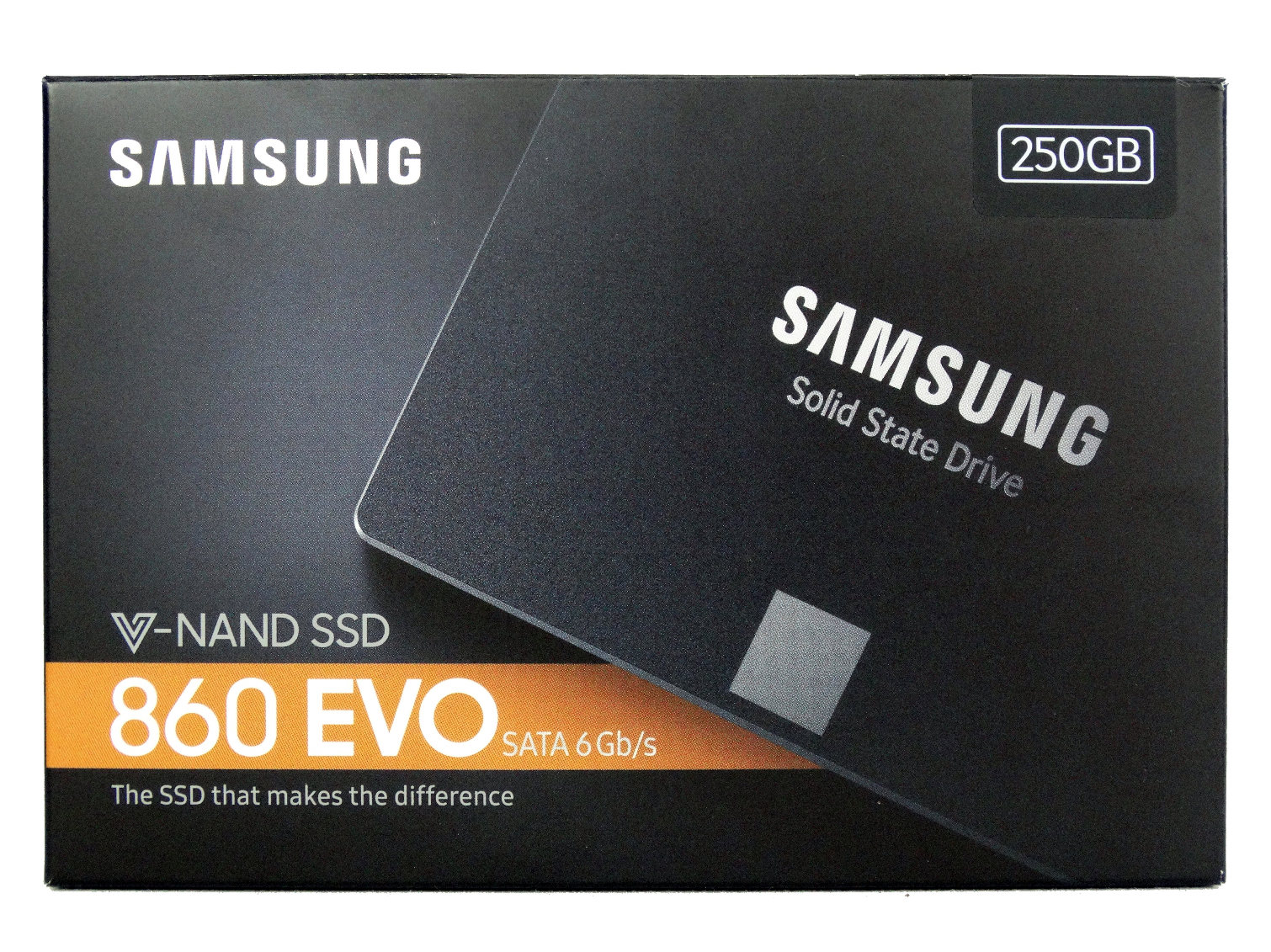
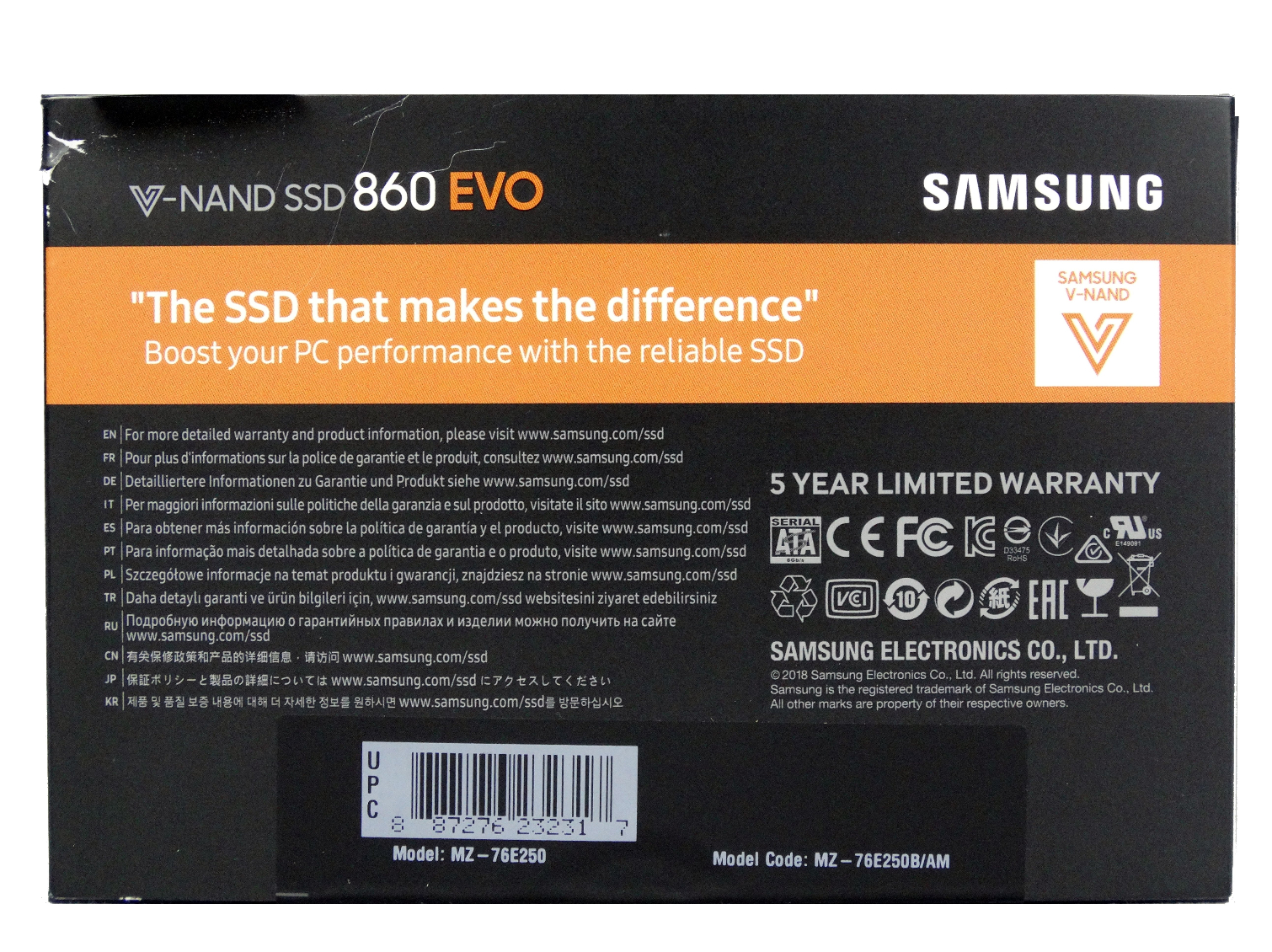

Can you guess what Samsung's tagline is for the 860 EVO? "The SSD That Makes A Difference" is emblazoned on both the front and back of the package. The warranty on the retail package. Samsung doesn't mention performance, endurance, or any other metric you might use in a retail store to compare this product to the one next to it.
The Samsung 860 EVO
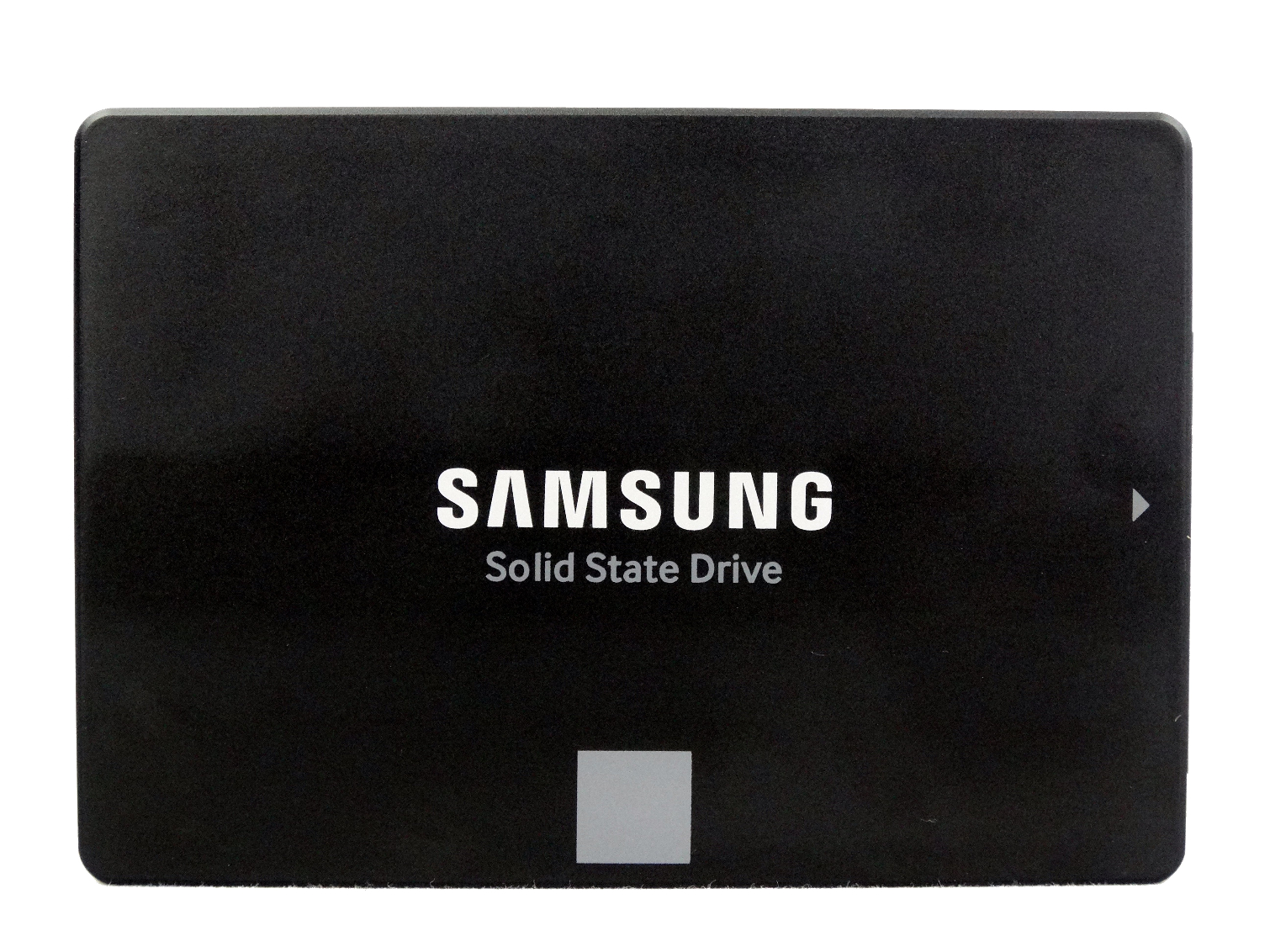
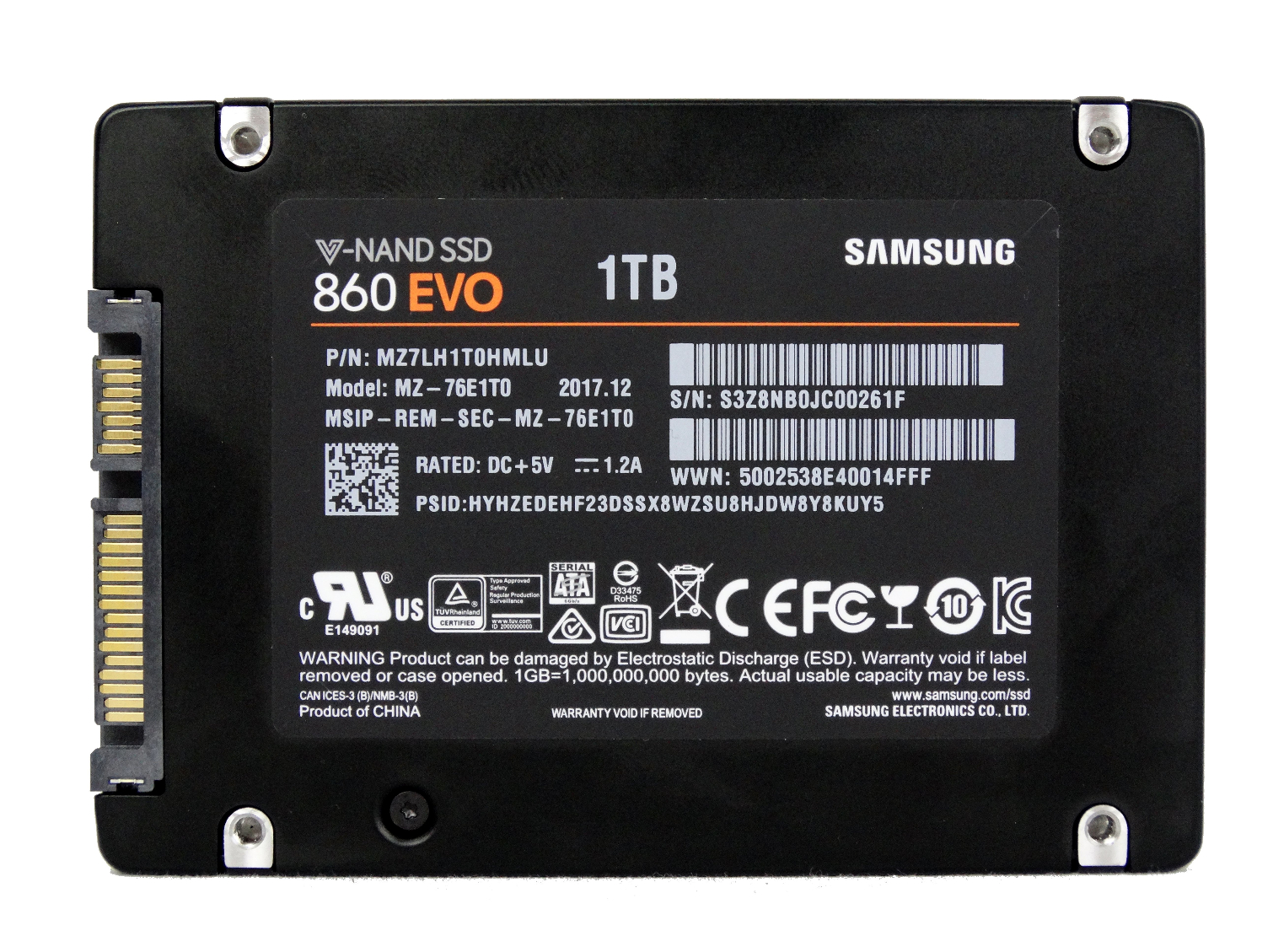
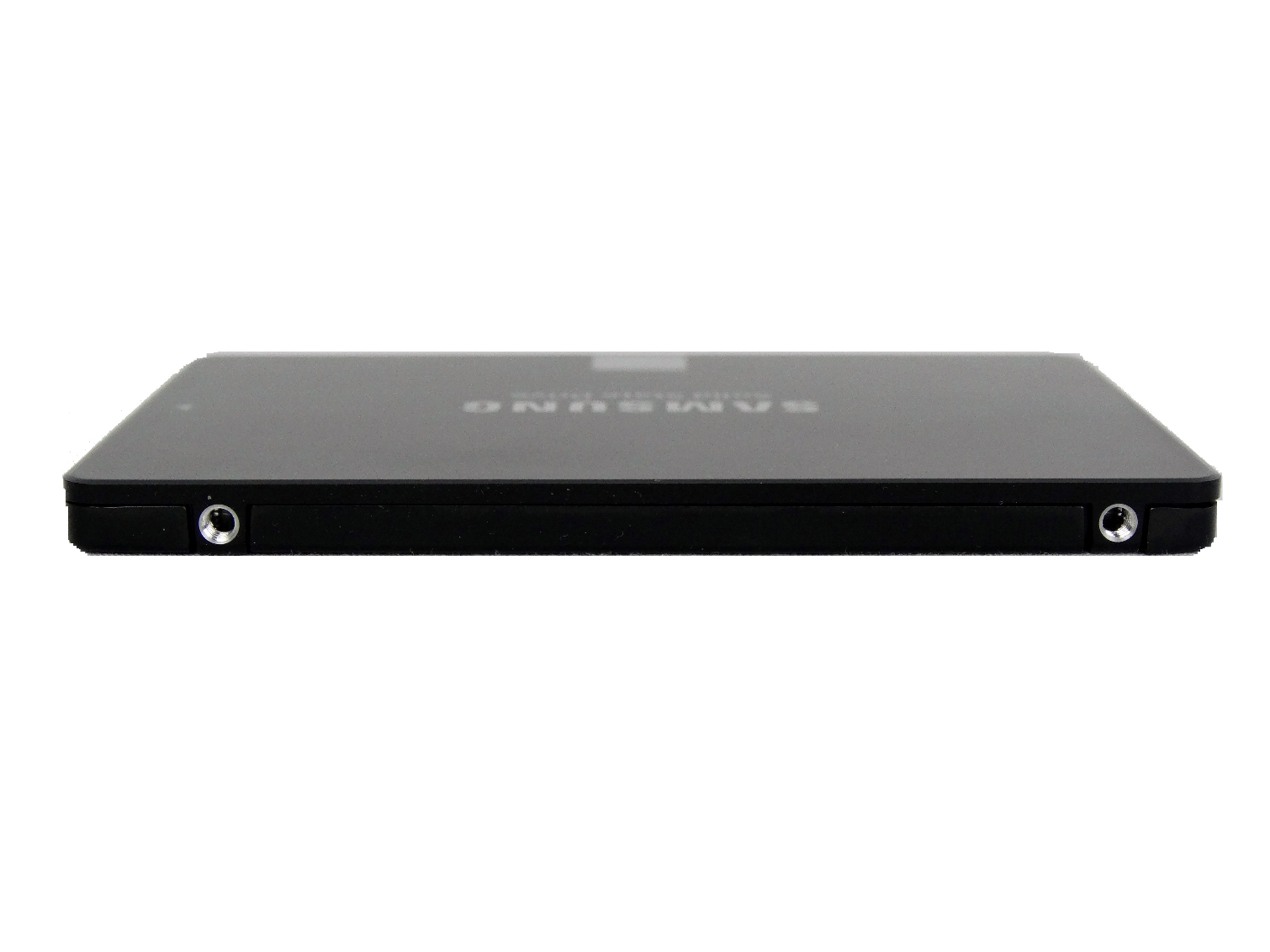
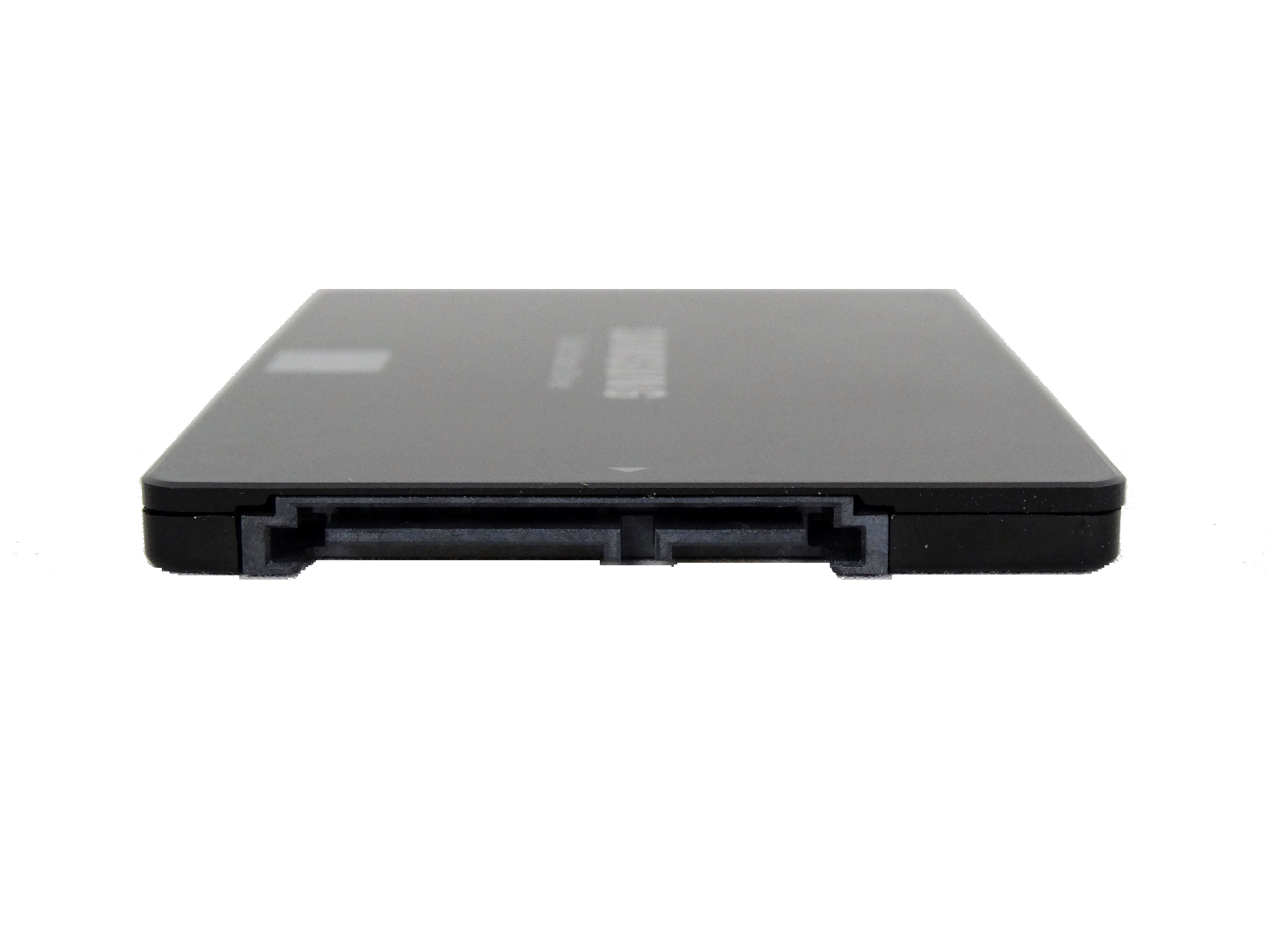
The 860 EVO looks like every other EVO that came after the 840 series. That was back when Samsung moved to a black case and retired the dark gray color scheme. The outside is basic, but Samsung doesn't need to RGBify the proven design or even change the methodology. The EVO series comes without gimmicks, and that formula works as long as the 860 can stay one step ahead.

Chris Ramseyer was a senior contributing editor for Tom's Hardware. He tested and reviewed consumer storage.
